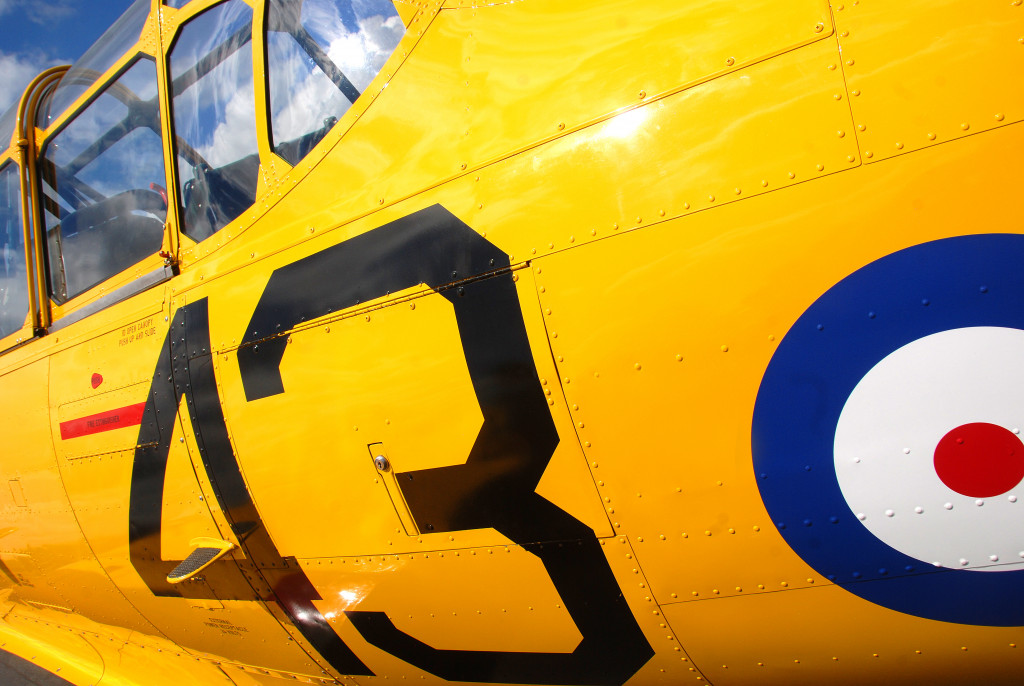So you want to get into aircraft restoration? Whether you’re interested in WWII-era bombers or mid-century commercial jets, there’s much to learn before you start. This blog post will introduce you to 5 technologies you need to be familiar with before undertaking a restoration project.
1. Aircraft Materials
One of the most critical aspects of aircraft restoration is understanding the materials used in construction. Modern aircraft are typically made from aluminum alloys, composites, and titanium. In contrast, older aircraft may be constructed from wood, fabric, and steel. Knowing the properties of each material will help you determine the best way to restore and preserve the original structure.
Some materials, like aluminum, are susceptible to corrosion. Others, like wood, can deteriorate over time if not properly cared for. Meanwhile, other materials, such as composites, may require special skills and knowledge to work with. Understanding the materials used in your aircraft will help you create a restoration plan that meets the unique needs of your project.
2. Aviation Tools and Equipment
There are a variety of specialized tools and equipment used in aircraft restoration. From hand tools like rivet guns and sheet metal brakes to power tools like CNC milling machines and plasma cutters, it’s important to know which tools are required for your project. Familiarize yourself with the different types of tools available and their capabilities so that you can choose the right ones for the job.
An aircraft’s most important systems and components include the engine, electrical system, landing gear, and control surfaces. It’s essential to have a basic understanding of how each system works and how to troubleshoot common problems. You should also be aware of the different types of fluids and lubricants used in aircraft and the proper methods for changing them.
Aircraft hydraulic fluid is a specialized type of oil used in aircraft systems. It’s important to use the correct type of hydraulic fluid, as different fluids have different properties and can cause damage to the system if used incorrectly.
Mineral-based fluids are a common type of hydraulic fluid used in aircraft. They have good lubricating properties and are resistant to wear and corrosion. One mineral-oil-based fluid that restorers and engineers depend on is 5606 mineral-based hydraulic fluid. This type of fluid is most commonly used in older aircraft. When you use this fluid, you don’t have to change the internals of the aircraft you’re restoring, keeping it more authentic to the original design.

3. Flight Simulation Software
Flight simulation software is a must for any serious aircraft restoration enthusiast. Aside from helping you understand how different aircraft systems work, it also allows you to test out your restoration projects before you take them for a real-life test flight. There are a variety of flight simulator programs available, so choose one that’s compatible with your computer and has the features you need.
Some popular flight simulators include:
- Microsoft Flight Simulator
- X-Plane
- Tower!3D
These programs allow you to experience all aspects of aircraft operation, from taxiing to takeoff to landing. They also provide a variety of tutorials and lessons that can help you learn more about aircraft systems and how to restore them.
4. Airworthiness Regulations
Before you can begin flying your restored aircraft, you need to make sure it meets all the necessary airworthiness regulations. These regulations vary by country, so be sure to check with your local aviation authority to see what requirements need to be met.
For instance, in the US, the Federal Aviation Administration (FAA) requires that all aircraft be registered and have a valid airworthiness certificate. For your aircraft to obtain an airworthiness certificate, your aircraft must pass a series of inspections to ensure it meets all the necessary safety standards. Inspections typically cover items like the condition of the engine, landing gear, and control surfaces. Once your aircraft is certified as airworthy, you’ll be able to enjoy it for years to come!
5. Pilot Certification Requirements
If you’re planning on flying your own restored aircraft, you’ll need to obtain the appropriate pilot certification first. The type of certification required will depend on the size and weight of the aircraft and its intended use. For instance, if you’re planning on flying a small, single-engine aircraft for recreation, you’ll need to obtain a private pilot certificate. But if you want to fly a larger, commercial aircraft, you’ll need to obtain an Airline Transport Pilot (ATP) certificate.
There’s a lot to learn before getting into aircraft restoration, but it’s definitely a rewarding hobby! By familiarizing yourself with some key technologies involved, you’ll be well on your way to completing your first project. Don’t forget to be aware of the relevant certifications so you can achieve your dream in no time!
